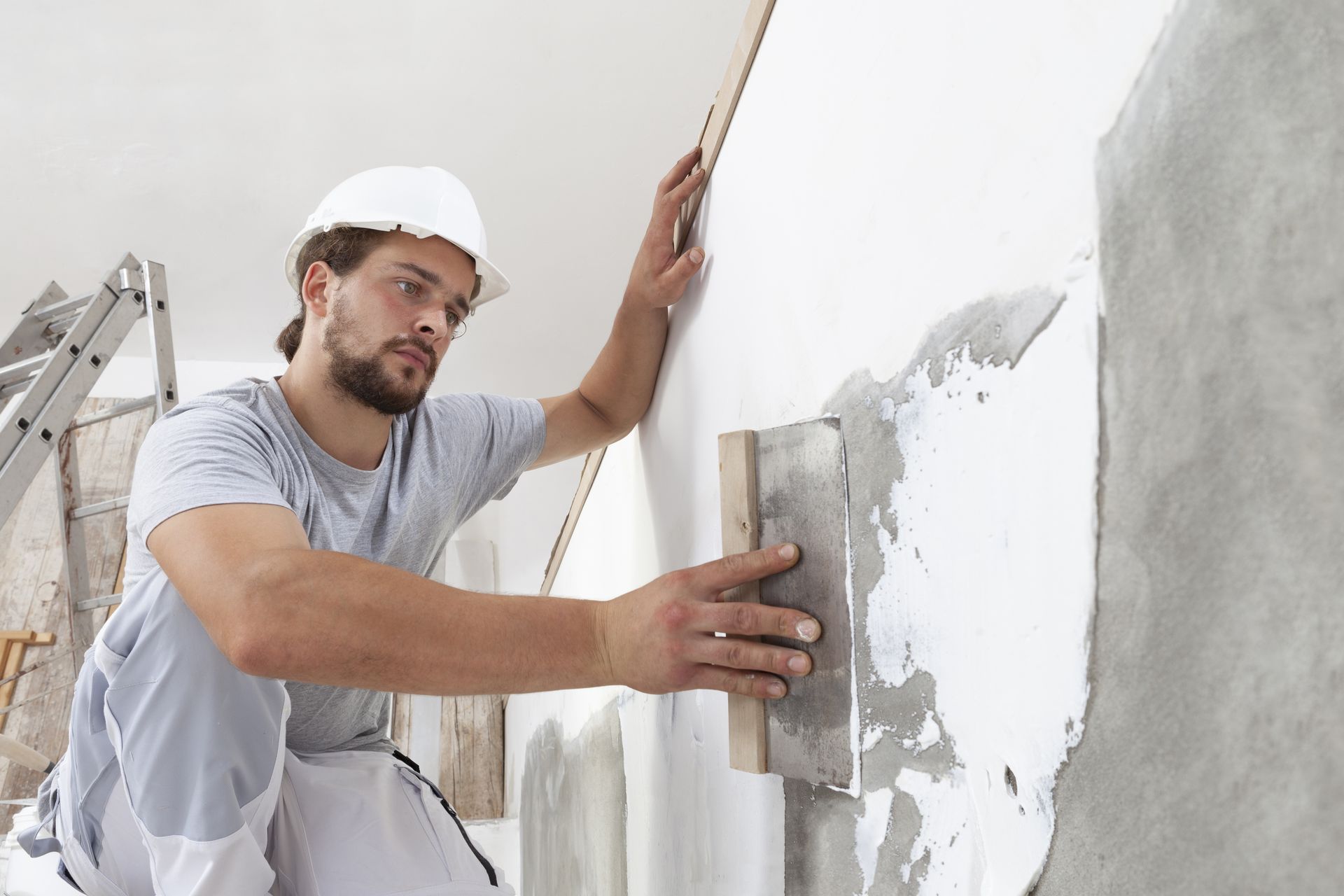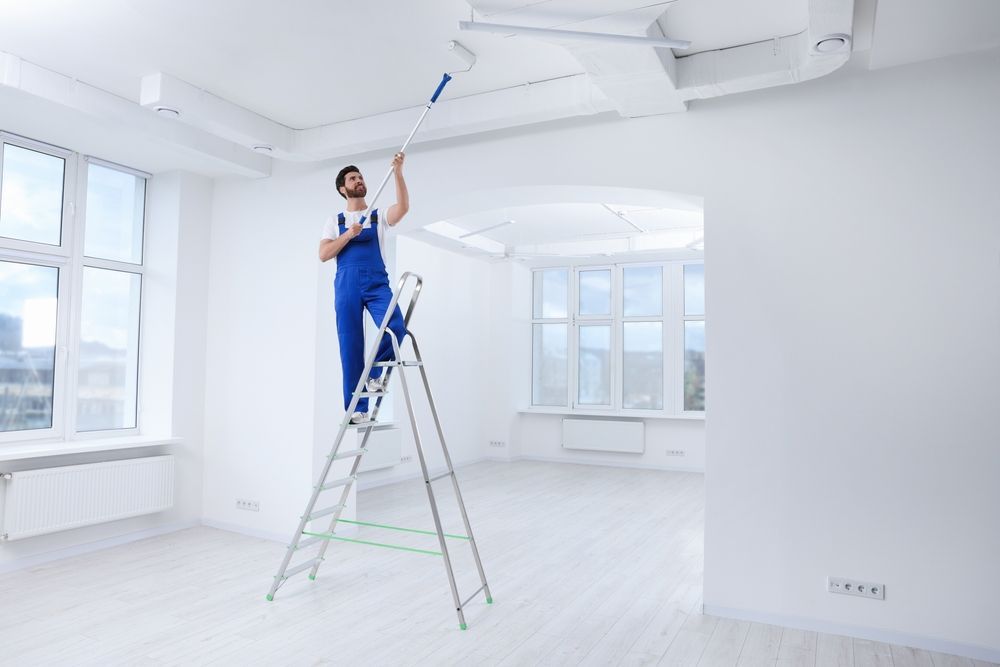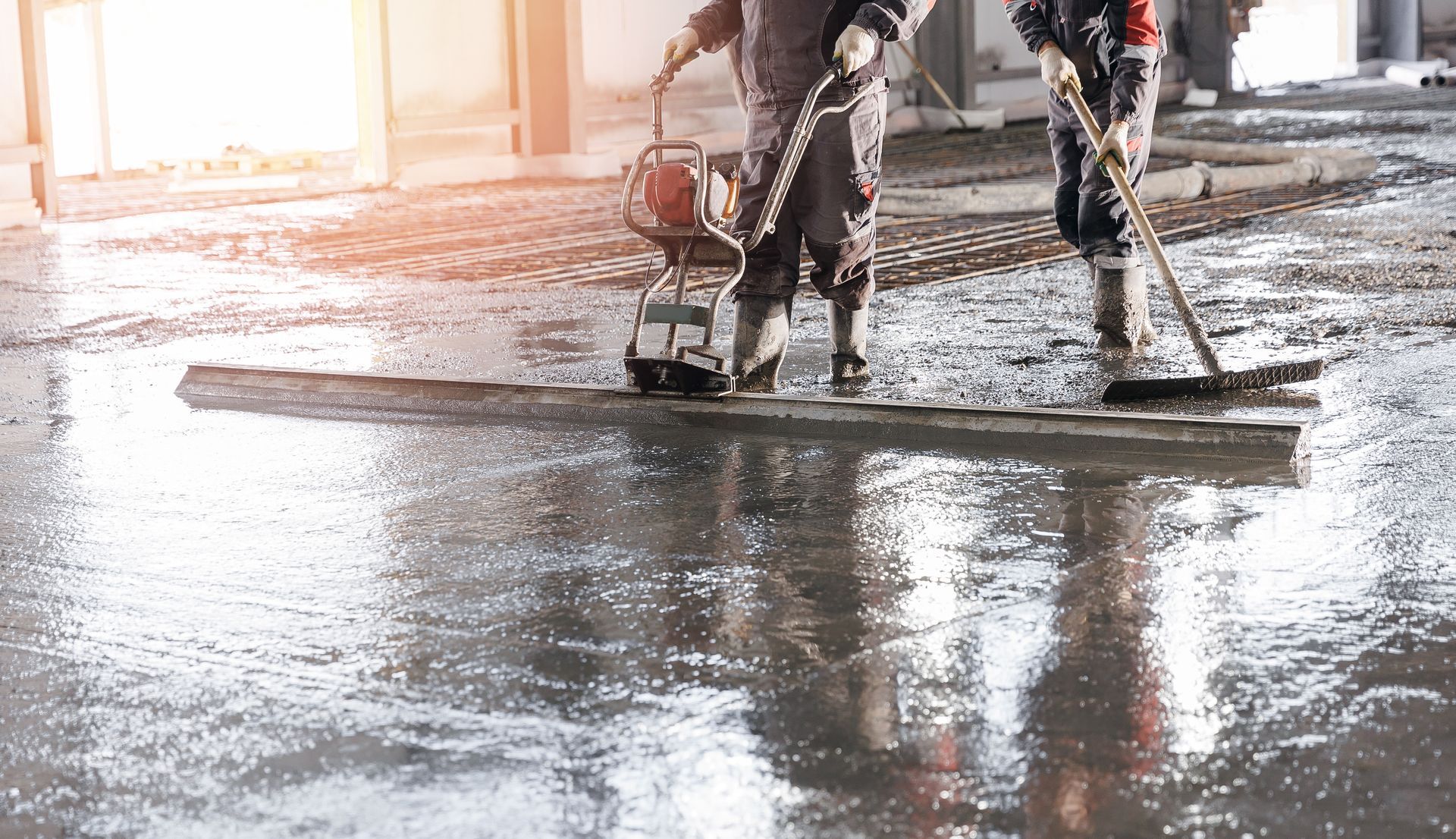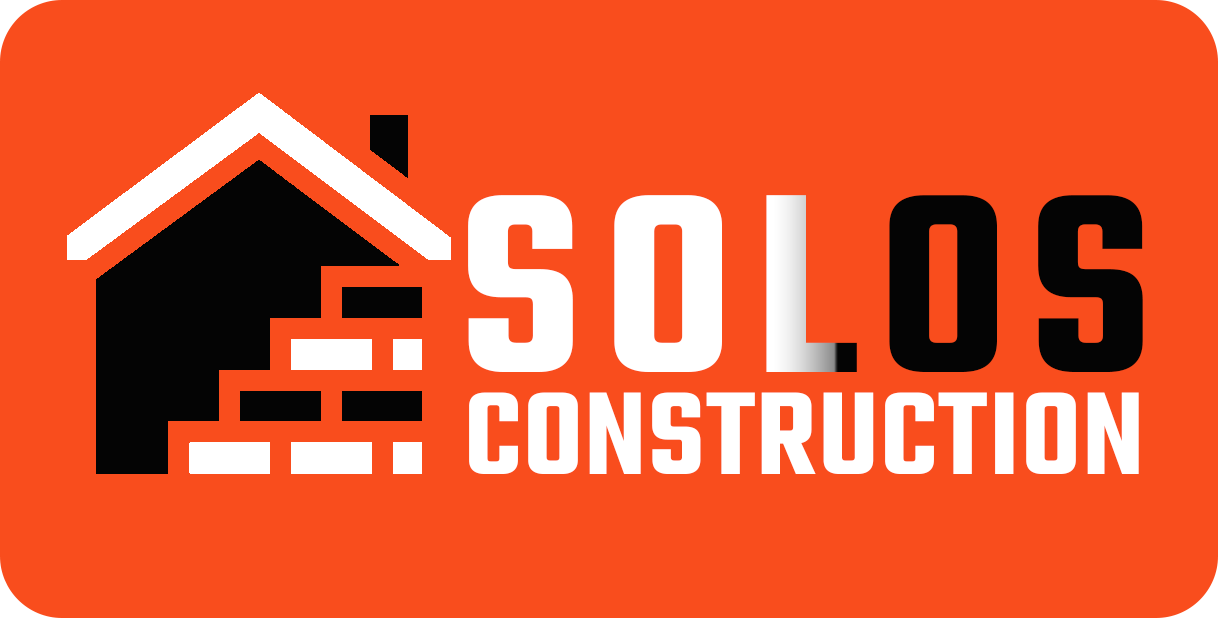951-722-6672 | alfonso@solospros.com
202 C St. San Diego, CA 92101
Scaffolding Safety Tips: Building a Secure Foundation for Your Construction Project
Scaffolding forms the backbone of countless construction projects, providing a temporary yet vital platform for workers to access heights safely. But like any powerful tool, scaffolding demands respect and proper use to avoid potentially devastating accidents. Falls, falling objects, and scaffold collapse are too common dangers associated with improper scaffolding practices.
This blog post is your guide to building a secure foundation – literally and figuratively. By following these essential scaffolding safety tips, construction workers and others involved in projects using scaffolding can significantly reduce the risk of injuries and create a safer work environment.
Common Scaffolding Hazards
Working at heights inherently carries risks. Here are some of the most common hazards associated with scaffolding:
- Falls: Slips, trips, and falls from height are leading causes of scaffolding-related injuries.
- Falling Objects: Tools, materials, or debris dropped from the platform can seriously injure workers below.
- Scaffold Collapse: Improper assembly, structure overload, or an unstable base can lead to catastrophic scaffold collapse.
- Electrocution: Failing to maintain a safe distance from power lines can put workers at risk of electrocution.
Essential Scaffolding Safety Tips
Before a single beam is raised, safety should be at the forefront. Here are some crucial tips to remember:
Before You Start
The Competent Person: OSHA regulations mandate that a designated "competent person" oversee all aspects of scaffolding, from erection and dismantling to daily inspections. This individual possesses the knowledge, training, and experience to identify and address potential hazards. A competent person should have completed OSHA-approved scaffold training or extensive experience in erecting, dismantling, inspecting, and using scaffolding.
Scaffolding Inspection: Competent persons must inspect scaffolding daily to catch damage, loose components, or stability issues before they cause an accident. Inspections should focus on all scaffolding components, including platforms, guardrails, braces, fasteners, and base plates.
Proper Assembly:
- Follow the manufacturer's instructions meticulously and adhere to all safety regulations during assembly.
- Never cut corners or improvise.
- Always use the correct components for the specific scaffolding system and ensure all connections are secure and tight.
Level and Plumb: Ensure the scaffolding is level (horizontal) and plumb (vertical) for optimal stability. Uneven scaffolding can increase the risk of tipping. Use levels and plumb bobs to ensure proper alignment.
Weight Capacity: Every scaffolding system has a weight capacity. The competent person should calculate the total weight load, including workers, materials, and tools, and ensure it stays within the safe limit of the scaffolding. Never overload the platform.
Safe Work Practices: Prioritize safe work practices at all times, from using tools properly to maintaining a clean work area free of debris. This includes planning your work, ensuring good housekeeping, and using designated walkways for access.
Personal Protective Equipment (PPE)
Proper personal protective equipment (PPE) is paramount when working on scaffolding. Here's what you should have:
- Hard Hat: Protects your head from falling objects.
- Safety Glasses: Shields your eyes from dust, debris, and flying particles.
- Gloves: Ensure proper grip on tools and materials while protecting your hands from cuts and scrapes.
- Non-Slip Footwear: Prevents slips and falls on potentially slick surfaces, especially during bad weather.
Fall Protection
Falls are a leading cause of scaffolding accidents. Here's how to mitigate the risk:
- Guardrails: To prevent falls, a double guardrail system with a mid-rail and toeboard should be installed on all open sides and ends of the platform.
- Personal Fall Arrest Systems (PFAS): A personal fall arrest system (PFAS) is crucial for workers at risk of falls. This includes a harness, lanyard, and secure anchor point to arrest a fall and prevent serious injury.
- Working Safely on Scaffolding: Safety doesn't stop after the scaffolding is erected. Here are some essential practices to follow while working on the platform:
- Safe Work Practices:
- Maintain three points of contact at all times – two hands and one foot, or vice versa – for optimal balance.
- Securely carry tools in tool belts or lanyards to prevent accidental drops that could injure workers below.
- Keep the work area organized and free of debris to minimize tripping hazards.
- Maintain clear communication with coworkers about movements and potential hazards on the platform.
- Bad Weather Conditions: When faced with strong winds, heavy rain, snow, or ice, cease work on the scaffolding. Inclement weather significantly increases the risk of slips and falls.
Additional Considerations
Safety goes beyond individual practices. Here are some broader considerations:
- OSHA Scaffolding Regulations: The Occupational Safety and Health Administration (OSHA) or your local regulatory body establishes scaffolding safety standards. Familiarize yourself and your crew with these regulations to ensure compliance.
- Worker Training: Proper training on safe scaffolding use and fall protection procedures is vital. This training should cover everything from hazard identification to proper use of PFAS.
- Emergency Procedures: An emergency plan is crucial. This plan should include fall arrest procedures, evacuation protocols, and instructions for obtaining medical attention in case of an accident.
Why Hiring a Professional Scaffolding Contractor Matters
aking on a construction project can be exciting, but ensuring safety is paramount. This is especially true regarding scaffolding, a crucial element for many construction jobs. Hiring a qualified and professional scaffolding contractor brings significant benefits:
- Expertise and Up-to-date Knowledge: Professional contractors possess the experience and knowledge to navigate complex safety regulations and industry best practices. They stay current on OSHA standards and other guidelines, ensuring your project adheres to the latest safety protocols.
- Focus on Safety: Safety should never be an afterthought. Qualified contractors prioritize safety throughout the process, from selecting the right materials to meticulous assembly and dismantling procedures. Their focus minimizes risk and protects your workers.
- Peace of Mind: Knowing your project is in the hands of scaffolding experts allows you to focus on other aspects of construction confidently. You can be assured that the scaffolding is erected correctly and will support your workers and materials securely.
- At Solos Construction, safety is not just a priority; it's our foundation. We understand the critical role scaffolding plays in construction projects and are committed to providing our clients with the safest possible work environment.
Conclusion
Scaffolding plays a vital role in construction but demands respect and adherence to safety protocols. Construction projects can reach new heights without compromising worker safety by prioritizing these essential scaffolding safety tips, creating a culture of safety awareness, and working with qualified professionals. At Solos Construction, safety is not just a priority; it's our foundation. We understand the critical role scaffolding plays in construction projects and are committed to providing our clients with the safest possible work environment.
Ready to build your next project on a foundation of safety?
Contact Solos Construction today for a free consultation and quote. Let's discuss your project needs and show how we can help you achieve your goals safely and efficiently.






All Rights Reserved | Solos Construction
